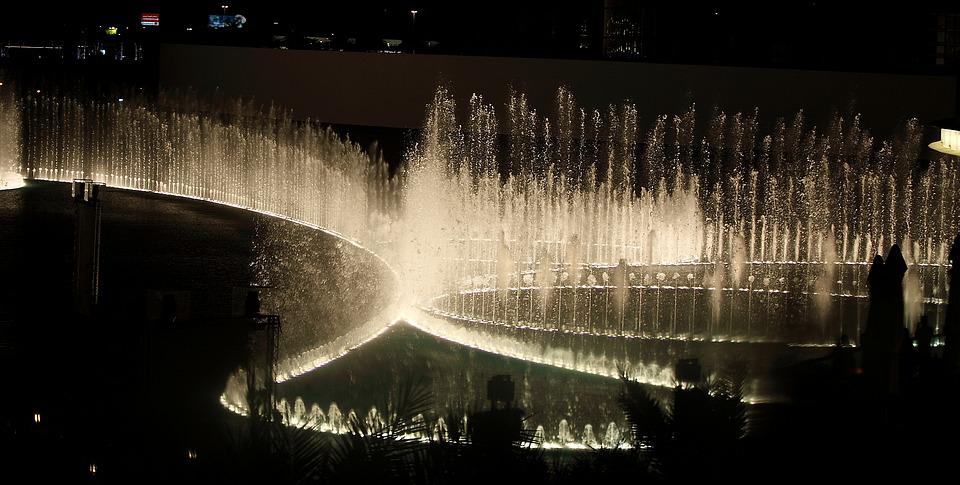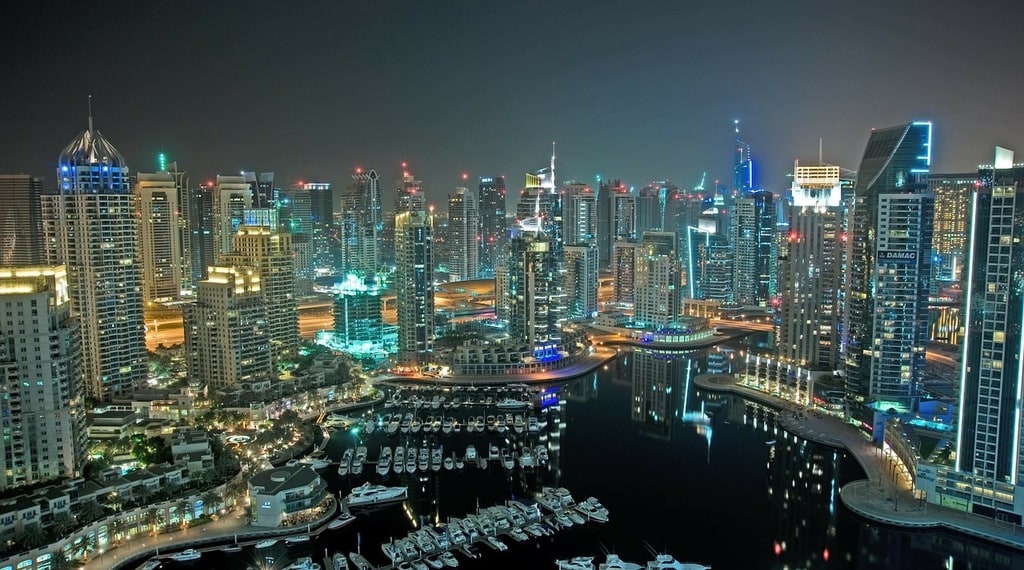Understanding cultural shifts in today’s society requires a keen observation of how various elements of daily life evolve over time. From the way we communicate to the trends that shape our behaviors, cultural dynamics are in a constant state of flux. This transformation is influenced by several factors, including technological advancements, globalization, and social movements. As these forces interplay, they redefine the cultural landscape, creating new norms and challenging old ones.
The Dynamics of Cultural Shifts in Contemporary Society
Technological advancements have a profound impact on cultural shifts. The advent of the internet and social media has revolutionized communication, making it instant and global. This connectivity fosters the rapid spread of ideas and trends, leading to a more homogenized global culture. At the same time, it allows for the preservation and celebration of unique cultural identities, as people from different backgrounds share their traditions and customs on a global stage.
Globalization is another significant factor driving cultural changes. As countries become more interconnected through trade, travel, and communication, cultural exchange becomes inevitable. This exchange leads to the blending of different cultures, resulting in new, hybrid cultural forms. For instance, the popularity of sushi in Western countries or the global influence of American pop culture exemplifies how cultural elements transcend borders.
Social movements also play a pivotal role in cultural transformations. Movements advocating for civil rights, gender equality, and environmental sustainability have not only brought about legislative changes but also shifted societal attitudes and behaviors. These movements often challenge the status quo, promoting new values and norms that gradually become integrated into the broader culture.

Impact of Technology on Cultural Norms
The digital age has significantly altered cultural norms, particularly in terms of communication and information consumption. The rise of social media platforms like Facebook, Twitter, and Instagram has changed how people interact, share information, and form communities. These platforms enable individuals to connect with others who share similar interests or causes, fostering a sense of belonging and solidarity.
Streaming services such as Netflix and Spotify have also transformed cultural consumption. They offer vast libraries of content that can be accessed on-demand, disrupting traditional media consumption patterns. This shift has led to the emergence of binge-watching and playlist culture, where individuals curate their entertainment experiences.
Globalization and Cultural Hybridization
Globalization facilitates cultural hybridization, where elements of different cultures merge to create new, unique cultural expressions. This phenomenon can be seen in various aspects of daily life, from cuisine and fashion to language and entertainment. Fusion cuisine, which combines ingredients and cooking techniques from different culinary traditions, is a prime example of cultural hybridization.
In fashion, designers often draw inspiration from diverse cultural sources, creating styles that reflect a blend of influences. The global popularity of K-pop and Bollywood films highlights how entertainment industries from non-Western countries have gained international recognition, contributing to a more diverse cultural landscape.
Role of Social Movements in Shaping Culture
Social movements have historically been catalysts for cultural change. The civil rights movement in the United States, for example, not only achieved legal victories but also shifted societal attitudes towards race and equality. Similarly, the feminist movement has significantly influenced gender norms, challenging traditional roles and advocating for equal opportunities for all genders.
In recent years, movements like Black Lives Matter and #MeToo have brought attention to issues of racial injustice and sexual harassment, respectively. These movements use social media to amplify their messages, reaching a global audience and fostering widespread support. As a result, they have spurred conversations and actions that contribute to cultural shifts towards greater inclusivity and accountability.
Key Aspects of Cultural Shifts
Here are some key aspects that illustrate the complexity and depth of cultural shifts in today’s society:
- Technological Advancements: innovations in technology shape how we communicate, consume information, and interact with the world.
- Globalization: the increasing interconnectedness of countries leads to cultural exchange and hybridization.
- Social Movements: advocacy for civil rights, gender equality, and other social causes drives cultural transformation.
- Media Consumption: changes in how we access and consume media content influence cultural norms and behaviors.
- Diversity and Inclusion: efforts to promote inclusivity and celebrate diversity contribute to evolving cultural landscapes.
The Future of Cultural Shifts
Predicting the future of cultural shifts involves understanding current trends and anticipating how they will evolve. As technology continues to advance, it will likely further influence cultural norms and behaviors. The ongoing development of artificial intelligence and virtual reality, for example, has the potential to revolutionize entertainment, work, and social interactions.
Globalization will continue to play a role in shaping culture, with the potential for both positive and negative impacts. While cultural exchange can lead to greater understanding and appreciation of diversity, it can also result in the homogenization of cultures and the loss of unique cultural identities.
Social movements will remain a driving force behind cultural shifts, as people continue to advocate for change and challenge existing norms. Issues such as climate change, social justice, and human rights will likely be at the forefront of these movements, influencing societal attitudes and behaviors.
In conclusion, cultural shifts are complex and multifaceted, driven by a combination of technological, social, and global factors. Understanding these dynamics is essential for navigating and appreciating the ever-evolving cultural landscape of today’s society.

